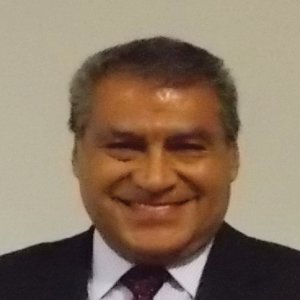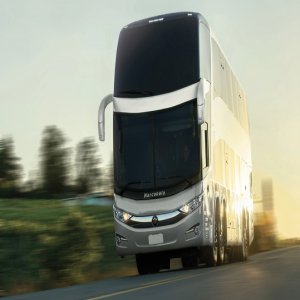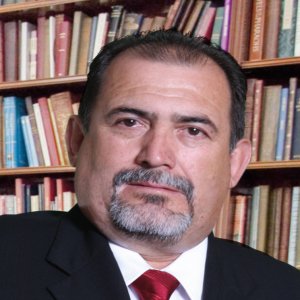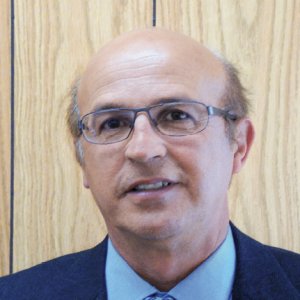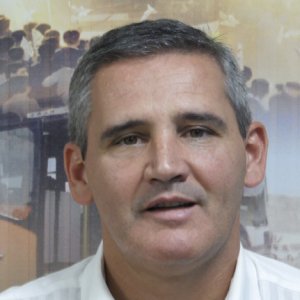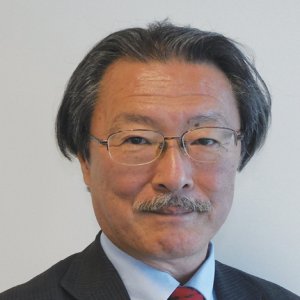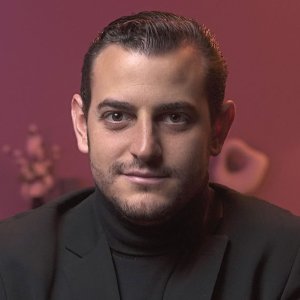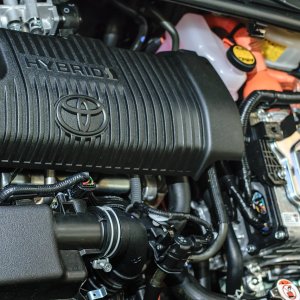Stronger Buses and Lighter Materials

STORY INLINE POST
Q: In 2014, Beccar manufactured approximately 60 different body models. How has production evolved in the past year?
A: We have many different body families, and each one has eight or nine models. In 2015 we added two new buses: the URBUS G3 with a front engine and the URVIABUS G3 with a rear engine. These units were redesigned, and every five years we are updating our product portfolio. We are also working on a light weight coach, which has been quite popular. This is a lighter bus adapted for short distances, offering better performance and durability. Our process starts with our design department, based on the information we get from our clients, the production line, and the people from our maintenance area. At first, new units are fabricated outside the production line, and they are slowly introduced into our normal production until they become regular models. We made a significant investment in 2014 and we had plans to increase it in 2015. However, we had to stop those projects because of market changes. We also bought more equipment, renovated our entire computer network, and implemented a new ERP system. Additionally, we are planning to add a new facility in Zapotlanejo, Jalisco, to manufacture steel and plastic components both for our own production and for other companies, leaving only assembly operations in our current facilities. However, that project will most likely advance at the end of 2015 or early 2016.
Q: Aside from these renovations, what new products have you introduced to your production line?
A: We are currently working on new assemblies with brands like Mercedes-Benz, International, Scania, MAN, Volvo, and Volkswagen. We also have business with ISUZU and Hino, but of low volume, given that there are no assembly operations for these units. We have enough flexibility to fabricate any vehicle between 8.40m and 12.80m, with all the necessary equipment and customization. This involves certain risks in terms of time and volume, but in return we receive the clients’ trust and loyalty. We have moved past small operators, and now our business is more oriented to small fleet managers with route coordinators. That means fewer clients to coordinate with, hence a more structured manufacturing process.
Q: How much flexibility do you need in your facilities to move from one product to another?
A: We currently operate four production lines, aligning them according to the working hours that every model requires. Additionally, there are important differences between our available features, which have a repercussion on the production costs for each model. In terms of automation, we are now introducing a robotic arm that will help us speed up our new-unit production. Additionally, we are improving our production of new molds, reducing the process from six to three or four months. Currently, cleaner bodyworks are becoming a trend, with very few bends and details. This enables a faster cleaning process of the interior and the exterior, making operations more efficient. Furthermore, it simplifies repair processes, without losing the unit’s image and design.
Q: How does Beccar collaborate with its clients during the design process?
A: The brands give us certain guidelines, and as long as we comply with them we can suggest any design we consider appropriate. Most limitations relate to weight and how the body is going to link to the chassis; other than that, it is up to Beccar. These companies have tested their platforms rigorously, and they know their specifications. The chassis is the core of the vehicle and since there are many models that use the same platform, the specific details give each brand its personality. Beccar has started working with several new materials to make our products lighter and improve mechanical properties. We are currently working with a high-resistance electrogalvanized profile, which allows us to use a thinner plate in the body with the same mechanical characteristics. That way, we can reduce each unit by 100kg or 200kg, improving fuel efficiency significantly or adding more space for two or three extra passengers. We have performed several modular tests with this material focusing on impact and torsion effects, and even though we have not tested a complete unit, we are working to have 100% of our modules tested in every possible aspect. In collaboration with a university in Guadalajara we are researching resistance and other mechanical properties, while keeping a certain confidence margin in our design to make sure that the vehicle can withstand any obstacle at any speed and acceleration.
